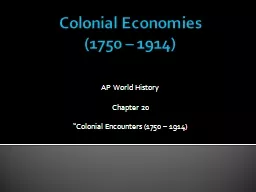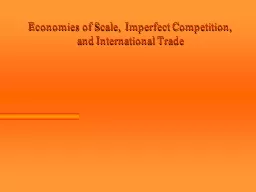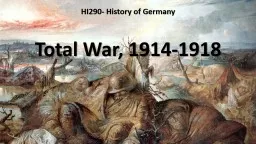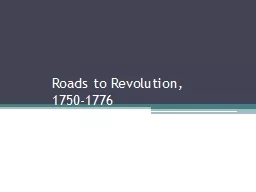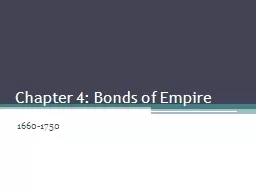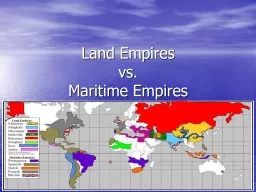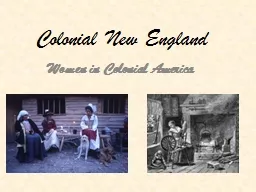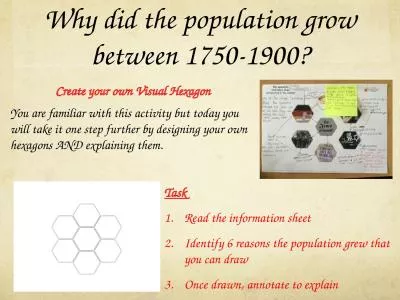PPT-Colonial Economies (1750 – 1914)
Author : jane-oiler | Published Date : 2018-10-05
AP World History Chapter 20 Colonial Encounters 1750 1914 Economies of Coercion Forced Labor and the Power of the State Forced labor was often used to meet the
Presentation Embed Code
Download Presentation
Download Presentation The PPT/PDF document "Colonial Economies (1750 – 1914)" is the property of its rightful owner. Permission is granted to download and print the materials on this website for personal, non-commercial use only, and to display it on your personal computer provided you do not modify the materials and that you retain all copyright notices contained in the materials. By downloading content from our website, you accept the terms of this agreement.
Colonial Economies (1750 – 1914): Transcript
Download Rules Of Document
"Colonial Economies (1750 – 1914)"The content belongs to its owner. You may download and print it for personal use, without modification, and keep all copyright notices. By downloading, you agree to these terms.
Related Documents

